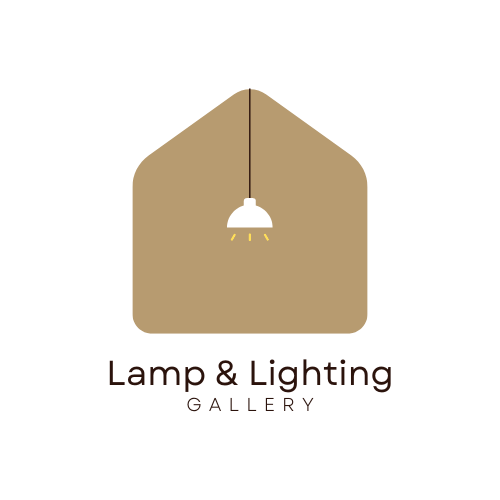A well-lit workspace can make a significant difference in productivity and comfort, especially when it comes to tasks that require focused attention. Optimizing your desk lamp’s light distribution ensures that you minimize eye strain, improve visibility, and create a more pleasant working environment. Here’s a detailed guide on how to achieve optimal light distribution with your desk lamp.
Table of Contents
ToggleUnderstanding Desk Lamp Lighting
Types of Bulbs:
- LED Bulbs: These are the most energy-efficient, consuming up to 80% less energy than incandescent bulbs and lasting much longer. LED bulbs also produce a more focused beam of light, which is ideal for task lighting
- CFL Bulbs: Compact fluorescent lamps are also energy-efficient and provide a bright, diffused light that can be useful for general illumination
- Halogen Bulbs: While halogen bulbs provide a bright, clear light that is excellent for reading and detailed tasks, they consume more energy and can get very hot
Importance of Task Lighting:
Task lighting is localized lighting that directs light precisely where it is needed, reducing the need for overhead lighting and minimizing eye strain. This type of lighting is essential for activities like reading, writing, and computer work, providing a focused beam that enhances visibility and reduces glare on screens and surfaces
Factors to Consider When Choosing a Desk Lamp
Lamp Style and Decor Matching:
When selecting a desk lamp, consider the style and finish to ensure it complements your workspace decor. Modern and contemporary lamps often blend seamlessly with minimalist office setups, while more ornate designs can add a touch of elegance to traditional spaces. Matching the lamp’s finish with other elements in your room, like drawer handles or cabinet knobs, can create a cohesive look
Size and Flexibility:
The size of the desk lamp should correspond to the size of your desk. A larger desk requires a lamp with a longer arm to reach across the surface effectively. Adjustable lamps with flexible arms and heads allow you to direct light precisely where it’s needed, making them highly versatile for different tasks
Energy Efficiency:
While the upfront cost of LED desk lamps might be higher, they are significantly more cost-effective in the long run due to their lower energy consumption and longer lifespan compared to halogen or incandescent bulbs. Additionally, LED lamps run cooler, reducing the risk of burns and making them safer for extended use.
Optimal Desk Lamp Placement
Positioning Relative to Tasks:
To avoid shadows and glare, position your desk lamp on the opposite side of your dominant hand. For right-handed individuals, place the lamp on the left side of the desk, and for left-handed individuals, place it on the right. This setup minimizes hand shadows on your work area, providing clearer visibility
Height Considerations:
The ideal height for a desk lamp is about 15 inches from the desktop to the bottom of the lamp shade. This height ensures that the light is focused on the desk surface and reading materials without causing glare or spreading light too broadly
Enhancing Light Distribution
Use of Diffusers and Lampshades:
Diffusers and lampshades can soften the light, reducing glare and creating a more even light distribution. A diffuser helps spread the light more evenly across your workspace, while a lampshade can direct the light downwards, focusing it where it is needed most
Combining Ambient and Task Lighting:
For a balanced lighting environment, combine your desk lamp with ambient lighting. This approach reduces the contrast between the bright light from the desk lamp and the surrounding area, preventing eye strain. Ambient lighting can be achieved through ceiling lights, wall sconces, or additional lamps placed around the room
Supplementary Lighting:
If your desk space is limited, consider using floor lamps or wall-mounted lights to supplement your desk lamp. These additional light sources can help illuminate larger areas or provide focused light for specific tasks, enhancing overall light distribution in your workspace
Advanced Tips for Optimal Lighting
Utilizing Dimmer Switches:
Desk lamps with dimmer switches allow you to adjust the light intensity based on your needs. Dimming the light for computer work or increasing it for reading can create a more comfortable and versatile work environment
Incorporating Smart Bulbs:
Smart bulbs offer customizable color temperatures and light settings, enabling you to tailor the lighting to your preferences. With smart bulbs, you can adjust the light’s warmth or coolness and even change colors to suit different tasks or moods. Many smart bulbs can be controlled via smartphone apps, providing convenience and flexibility
Optimizing your desk lamp light distribution is crucial for creating a productive and comfortable workspace. By choosing the right type of bulb, positioning your lamp correctly, and enhancing light distribution with diffusers and supplementary lighting, you can significantly improve your work environment. Experiment with different setups and lighting options to find what works best for you, and enjoy the benefits of a well-lit workspace.
